The Indian retail real estate market is on the cusp of significant growth, with nearly 90 retail properties encompassing approximately 450 lakh square feet slated to emerge by 2028 across seven major cities. This forecast reflects a robust expectation of increased demand for quality retail spaces among retailers, as highlighted in a recent report by real estate consultancy JLL India.
Historical Context and Future Projections
Over the past decade, from 2014 to 2023, the average size of new retail supply in India was around 3,91,099 square feet. However, the next five years (Q2 2024 - end 2028) are expected to see a 30% increase in the average size of new retail properties, reaching 5,07,341 square feet. This significant growth is indicative of the rising trend towards larger, more comprehensive retail developments designed to meet modern consumer expectations.
According to JLL India, the seven major cities—Mumbai, Delhi-NCR, Bengaluru, Hyderabad, Pune, Kolkata, and Chennai—will witness the introduction of approximately 45 million (450 lakh) square feet of new retail space through 88 new developments. This surge will outpace the past decade’s supply of 38 million (380 lakh) square feet, reflecting a strong upward trajectory in the retail real estate sector.
Key Developments and Locations
Among the notable projects, 12 large-scale developments are set to span at least 10 lakh square feet each. Particularly noteworthy are two mega retail centers in Delhi-NCR, each projected to cover over 25 lakh square feet. These developments underscore the region’s prominence as a retail hub and its capacity to attract significant investments.
"The five years from Q2 2024 to the end of 2028 will see a surge in organized retail space completions. The top seven cities in India will welcome around 45 million sq ft through 88 new retail developments, outpacing the supply of the past decade," JLL India reported.
Evolution of Retail Spaces
The shift towards larger retail developments is driven by the need to create comprehensive destinations that offer more than just shopping. Modern retail centers are increasingly incorporating entertainment, leisure activities, and diverse dining options. This holistic approach aims to enhance the consumer experience, making retail spaces vibrant social hubs.
The existing retail stock, which stood at approximately 89 million (890 lakh) square feet as of March 2024, is expected to grow by 50%, reaching 134 million (1,340 lakh) square feet by the end of 2028. Delhi-NCR is projected to garner the highest share of this new supply, with an anticipated 43%, followed by Hyderabad at 21%, and Chennai at 13%.
Demand Drivers and Market Dynamics
The anticipated growth in retail real estate is underpinned by several factors, including rising consumer spending, urbanization, and an increasing preference for organized retail formats. Retailers are seeking quality spaces that can accommodate their expansive and diverse offerings, driving the demand for larger, more sophisticated retail properties.
Rahul Arora, Head of Office Leasing Advisory and Retail Services at JLL India, noted, "The existing retail stock, which stands at 89 million sq ft, is expected to grow by 50 per cent, and reach 134 million sq ft by end-2028. Delhi NCR is expected to garner the highest share (43 per cent) in the supply in the next five years, followed by Hyderabad, with a share of 21 per cent, and Chennai having a share of 13 per cent."
Implications for Stakeholders
For developers and investors, this growth trajectory presents significant opportunities. The increasing scale of retail projects means that developers need to focus on building spaces that offer an integrated mix of retail, entertainment, and dining to attract a broader consumer base. Investors, on the other hand, can capitalize on the rising demand for organized retail spaces, ensuring high returns on investment.
Retailers stand to benefit from the availability of modern, well-located retail spaces that can enhance their brand visibility and customer engagement. The focus on creating comprehensive destinations aligns with the evolving consumer preferences, which favor shopping environments that offer a blend of retail and experiential elements.
Challenges and Considerations
Despite the optimistic outlook, several challenges remain. The development of large-scale retail projects requires significant investment and a keen understanding of market dynamics. Developers must navigate regulatory hurdles, secure financing, and ensure timely project completion to meet market demand.
Furthermore, the success of these retail developments will depend on their ability to adapt to changing consumer behaviors and technological advancements. The integration of digital technologies, such as mobile apps and omnichannel retail strategies, will be crucial in attracting tech-savvy consumers.
Conclusion
The Indian retail real estate market is poised for substantial growth, with nearly 90 new properties expected to add 450 lakh square feet of retail space by 2028. This expansion reflects a broader trend towards larger, more integrated retail developments designed to cater to modern consumer preferences. With Delhi-NCR, Hyderabad, and Chennai leading the way, the next five years will be pivotal in shaping the future landscape of retail real estate in India. Stakeholders across the industry must adapt to these changes to fully capitalize on the emerging opportunities.
Image source- constructionweekonline.in

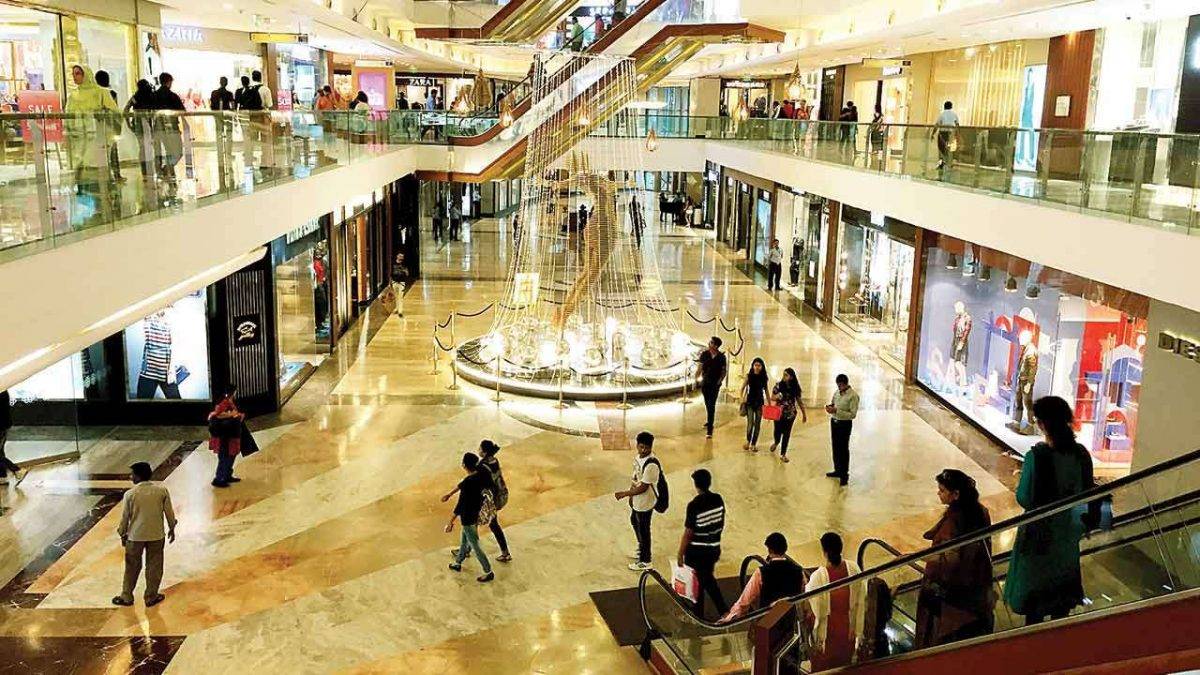
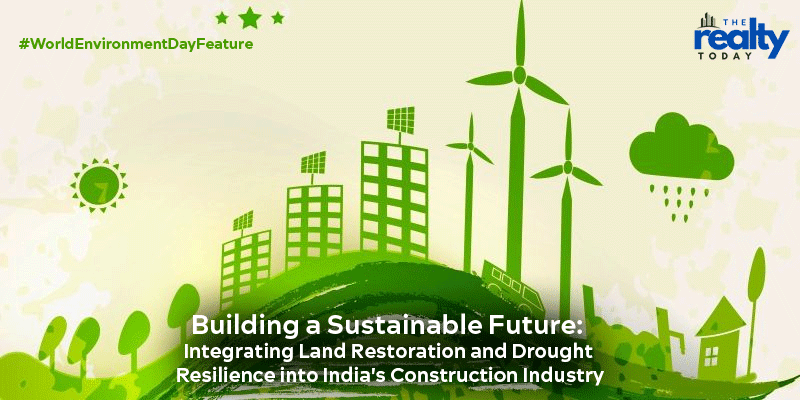



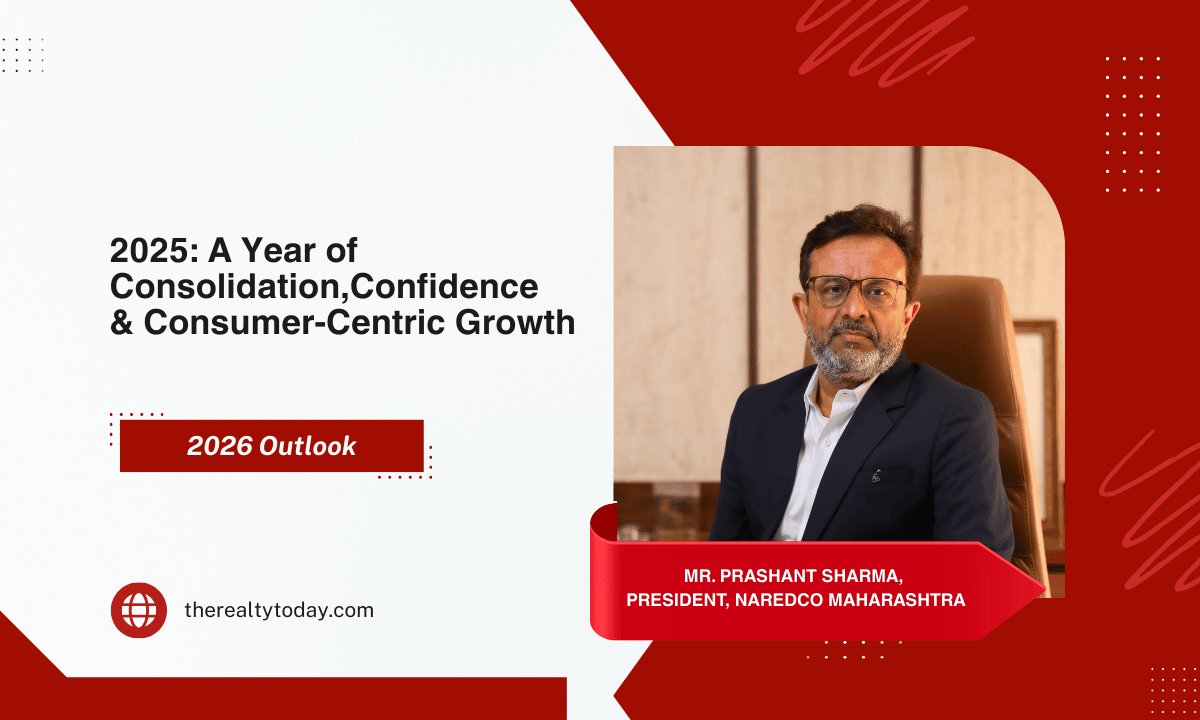
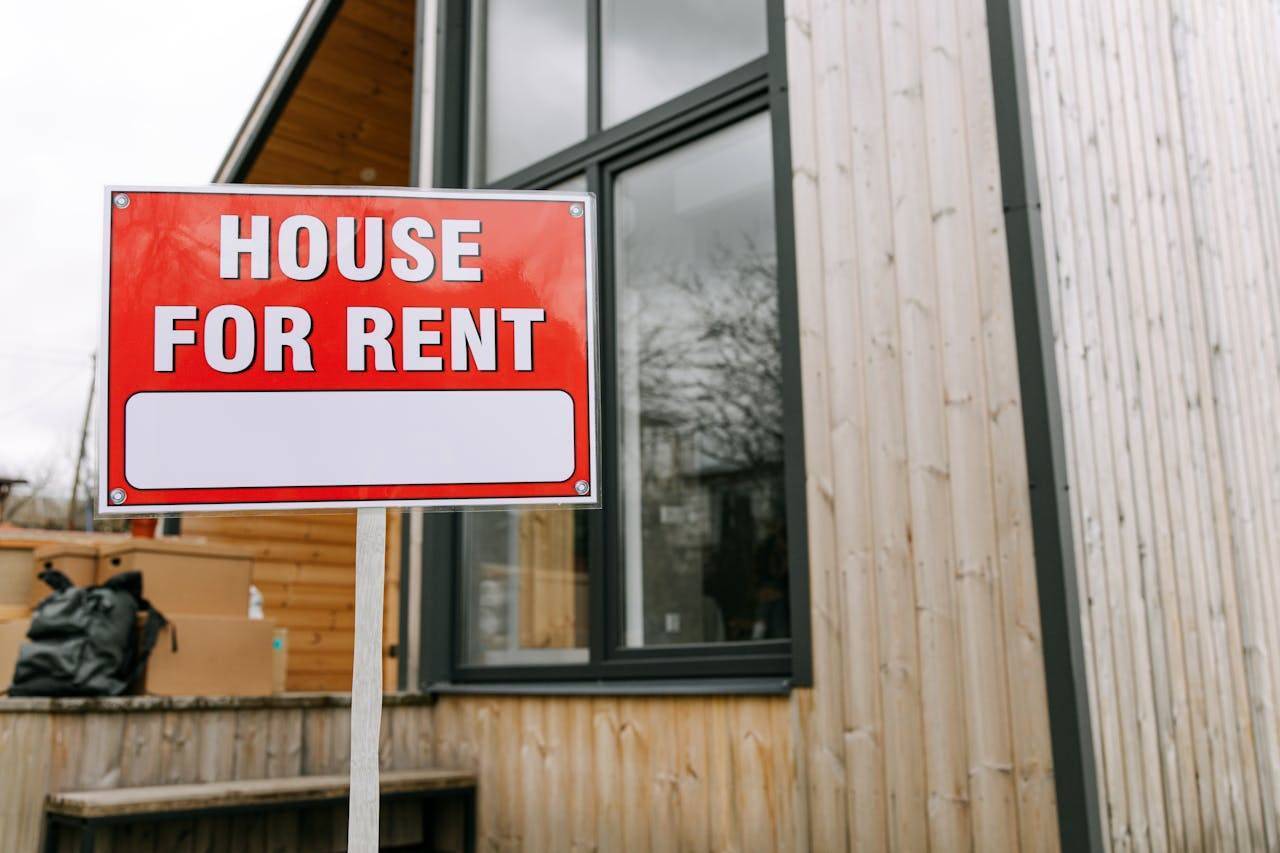
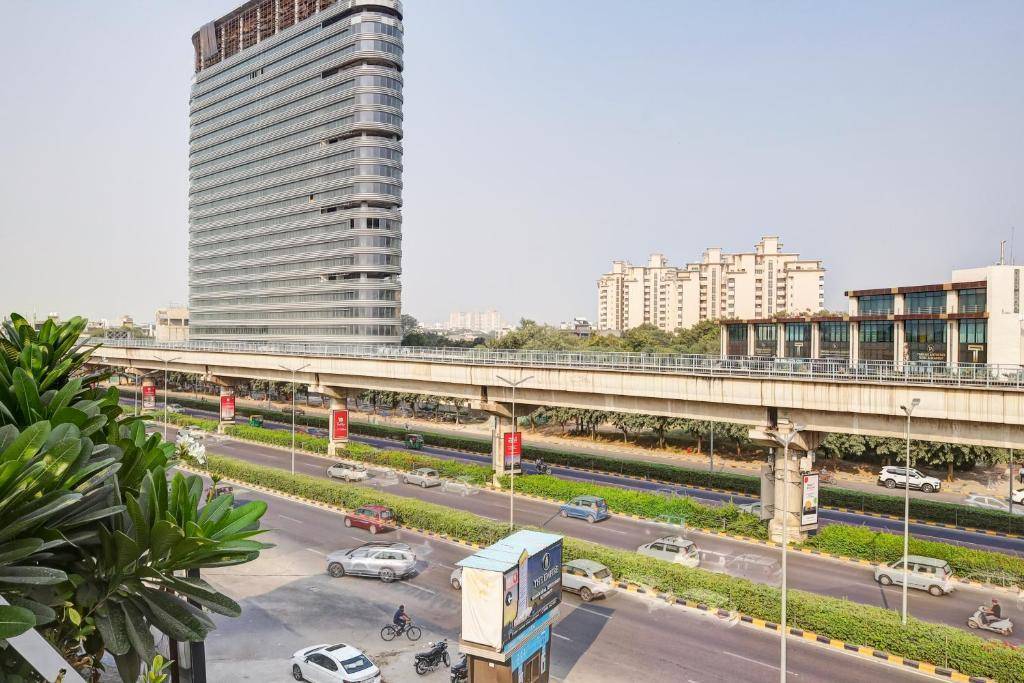
.png)